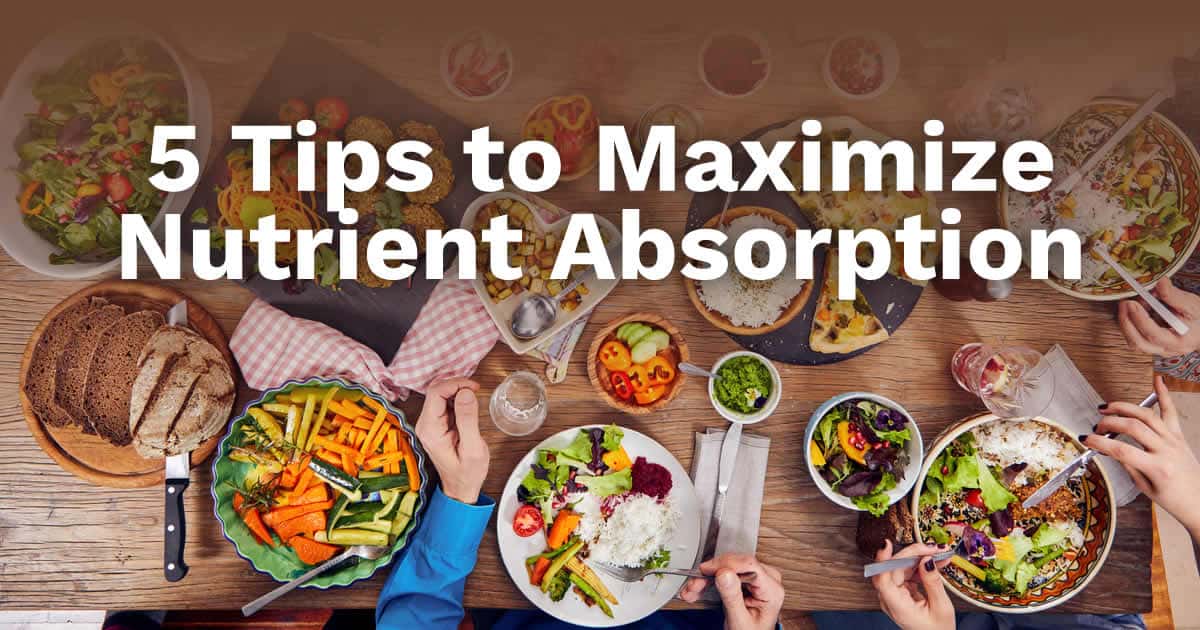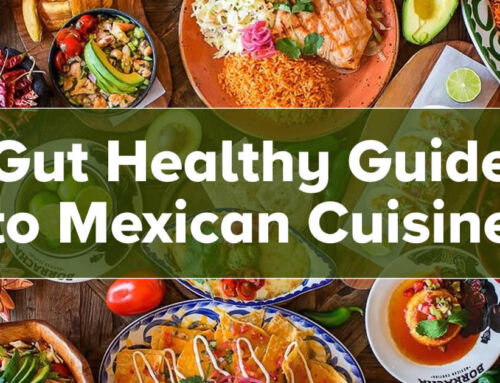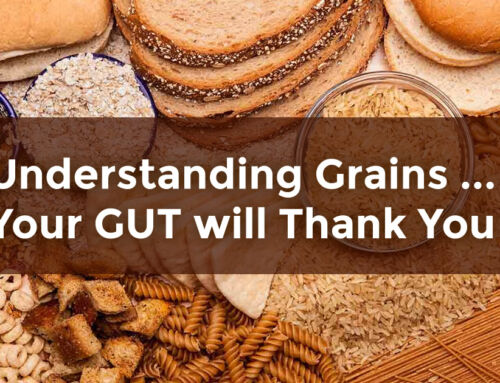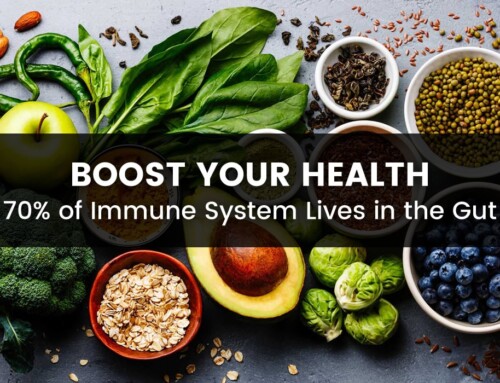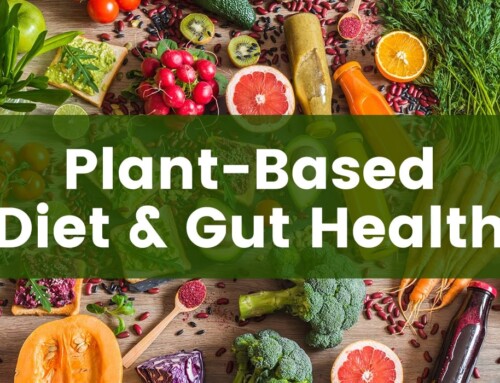Eating a nutritious diet is essential to improve your gut health. But it’s not just what you eat that matters. To reap the benefits of a healthy diet, your body must be able to absorb nutrients from the foods you eat.
Nutrient absorption is an essential part of digestion. The nutrients from your diet supply your cells with the energy they need to complete your daily bodily functions.
This article will take a closer look at digestion and the absorption of nutrients. We’ll outline some tips that you can follow to maximize nutrient absorption and get the most out of your diet. We’ll also highlight what can happen when your body struggles to absorb nutrients. Keep reading to learn how to boost your nutrient absorption.
Digestion and Absorption of Nutrients
Your digestive system prepares the food you eat for nutrient absorption before it reaches your intestines. Chewing breaks food down into small pieces that make it easier to digest. When food enters your stomach, it mixes with stomach acid and digestive juices to form a partly digested fluid known as chyme.
Your small intestine absorbs nutrients from the chyme after it leaves your stomach. The small intestine is 6 meters long and up to 3 cm in diameter. It provides the largest surface area for intestinal absorption.
Tiny, hair-like projections called villi line the inside of your small intestine. Villi are covered with special cells that absorb nutrients such as carbohydrates, proteins, and fats. Blood vessels inside the villi transport digested nutrients to various parts of your body for storage or use.
Your large intestine also absorbs some nutrients. It’s 1.5 meters long and up to 7.5 cm in diameter. This is where electrolyte and water transport occur. The large intestine contains leftover digestive products such as undigested food, dead cells, and fluid. Fluid in the large intestine gets absorbed into the bloodstream, which turns liquid waste into solid stool.
Tips to Maximize Nutrient Absorption
Boosting nutrient absorption can improve your health. Digested nutrients provide energy for cellular repair and growth. This keeps your intestinal cells healthy and prevents inflammation, which can reduce your risk of digestive conditions. Optimal digestion and nutrient absorption support your immune function and overall health.
You can enhance the absorption of nutrients from the foods you eat by making mindful dietary choices. Read on to discover Dr. Havranek’s top tips to maximize nutrient absorption.
Add Healthy Fats to Vegetables
Consuming healthy fats with vegetables can enhance the absorption of fat-soluble vitamins.
This includes vitamins A, D, E, and K. Fat-soluble vitamins are naturally absorbed better when consumed with fat.
Fat-soluble vitamins occur in animal products such as eggs, dairy, and fish. But you can also find these vitamins in vegetables such as kale, spinach, sweet potatoes, and carrots. Fat-soluble vitamins support your vision, bone and muscle health, immune system, and circulatory system.
Next time you’re preparing your veggies, try adding one of these healthy fats to your meal to maximize nutrient absorption:
- Avocado
- Olive oil
- Chia seeds
- Flax seeds
- Walnuts
- Almonds
- Coconut oil
- Full-fat yogurt
- Salmon
Combine Prebiotics and Probiotics
Eating prebiotic and probiotic foods together may provide combined health benefits for the digestion and absorption of nutrients.
Prebiotics are carbohydrates that feed the healthy bacteria in your gut. This includes plant-based foods such as bananas, oats, onions, barley, and flaxseeds. Adding prebiotics to your diet supports digestion and reduces intestinal inflammation.
Probiotics are fermented foods that contain beneficial strains of live bacteria. Examples include yogurt, kefir, kimchi, and sauerkraut. Consuming probiotics may increase the growth of beneficial bacteria in the gut.
Chew Thoroughly
Chewing thoroughly breaks down food into small pieces, which makes it easier to swallow. It also aids digestion by stimulating the production of stomach acid and digestive enzymes.
What’s more, chewing food thoroughly improves the speed of digestion. Digestive juices in the stomach and small intestine degrade small pieces of food quicker than large clumps.
Keep the Peel
The outer skin of many fruits and vegetables contains most of their nutrients. Eating unpeeled foods can give you an extra dose of vitamins, minerals, digestive enzymes, antioxidants, and fiber.
Remarkably, lemon peels contain 50% more fiber than lemon pulp. The skin of some fruits, such as lemons, grapes, and mangoes, also contains up to 15% more antioxidants than peeled fruit.
Instead of peeling fruits and vegetables, try washing and preparing your foods with the skin intact. You can zest, cook, blend, or infuse fruit and vegetable peels into your meals.
Here are some fruit and vegetable peels that are safe to eat:
- Potatoes
- Apples
- Pears
- Peaches
- Kiwi
- Carrots
- Cucumbers
- Zucchini
- Oranges
- Lemons
Stay Hydrated
Staying hydrated helps your digestive system run smoothly. Drinking water before and during meals increases the ease with which food moves through the digestive tract. It also assists with the breakdown of partly digested food in the small intestine. Water carries nutrients across the intestinal barrier during nutrient absorption.
Proper hydration also improves the consistency and frequency of bowel movements. Drinking water softens stools and prevents constipation. It reduces the time it takes stool to move through your large intestine. This limits your exposure to carcinogens and may reduce your risk of colon cancer.
Diagnosis for Malabsorption
In some cases, impaired nutrient absorption can occur due to underlying medical causes. The inability to absorb nutrients from food refers to malabsorption. Chronic problems with nutrient absorption can negatively impact your health.
Symptoms of malabsorption can include:
- Bloating
- Weight loss
- Fatigue
- Muscle weakness
- Abdominal pain
- Foul-smelling stools
- Rashes
- Swelling in hands and feet
- Nausea
- GI bleeding
- Anemia
You should see your doctor if you experience any of the above symptoms. Your doctor will evaluate you and recommend testing based on your medical history and symptoms.
It’s common for your doctor to use more than one test to confirm a diagnosis of malabsorption. This is because malabsorption can have many different causes. The results of the testing will guide your treatment options.
The following tests can diagnose malabsorption:
- Stool test
- Hydrogen breath test
- Endoscopy
- Blood tests
- Small intestine biopsy
- Abdominal x-ray
Wrapping Up Nutrient Absorption
Nutrient absorption is integral to digestion and a requirement for overall health and wellness. Your intestines must be able to absorb nutrients from the foods you eat to obtain benefits from a balanced, plant-based diet.
There are many ways to maximize nutrient absorption. Try eating healthy fats with vegetables, pairing prebiotics with probiotics, and opting for unpeeled foods. Chewing your food thoroughly and drinking plenty of water also improves digestion and nutrient absorption.
Your digestive system must complete several physiological mechanisms to successfully uptake nutrients. A healthy digestive system absorbs nutrients, supplies your cells with energy, and releases waste. Many medical conditions can disrupt digestion and cause malabsorption. This can lead to a variety of gastrointestinal symptoms.
If you’re concerned about any new or existing digestive issues, you can request an appointment online or call our office at 210-615-8308.

